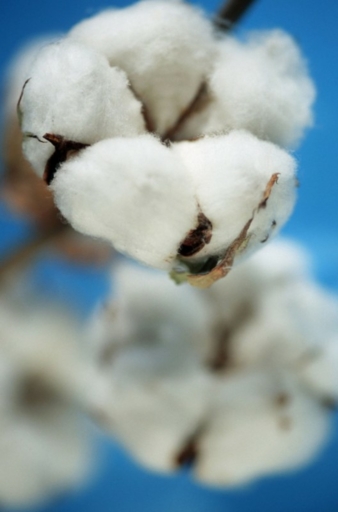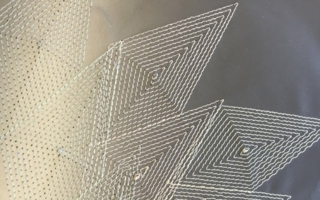17/03/2016 — auf Deutsch lesen
Cotton: The latest developments in fiber testing
The ITMF International Committee on Cotton Testing Methods (ICCTM) met in Bremen, Germany on March 15, 2016 to review latest developments in cotton fiber testing and to set priorities for research over the next two years. Read the major results here.
High volume cotton testing continues to progress, particularly for instrumentation suited for spinning mill applications. As breeding programs and the use of cotton hybrids result in improvements in the intrinsic technical performance properties of cotton fiber, more attention is being paid to the range and types of calibration cottons used with HVI. The ICCTM discussed procedures to ensure that calibration cottons used in testing different cotton species provide adequate ranges of fiber properties so as to provide reliable measurements.
Fiber elongation as a cotton property is gaining renewed interest as modern high-speed yarn production systems demand a combination of both fiber strength and elongation to operate efficiently and to produce yarn properties needed in markets today. New elongation measurement algorithms have been developed and are being tested. Comparative studies to ensure that multiple test instruments give the same measurement level are underway. Methodologies to improve elongation measurement and selection criteria for cotton breeders continue to be emphasized.
With the availability of very high speed computer technology, the use of imaging for measuring cotton trash and extraneous matter, both in cotton classing and in mill laboratories, is moving forward. Presentations on both classing applications and mill laboratory applications that use modern imaging technology were offered.
Additional information are available from www.ITMF.org.




